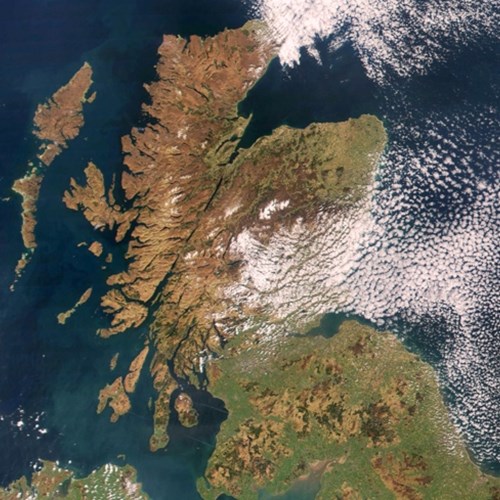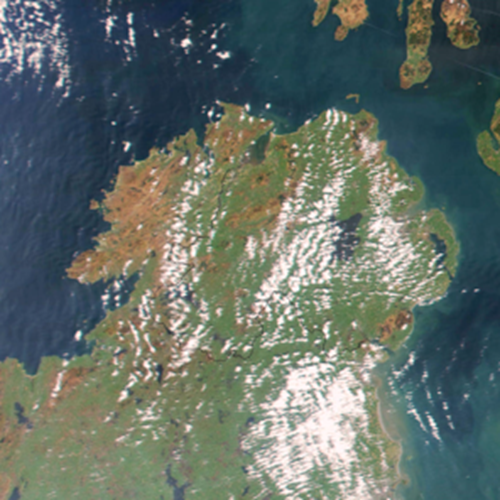Sanitary surveys
Sanitary surveys are an essential first step towards establishing a microbiological monitoring programme for the classification of bivalve production areas. All new bivalve production areas require a sanitary survey.
We can evaluate the sources and types of microbiological contamination that might affect new and existing bivalve mollusc production areas.
Sanitary surveys are specified in food law and must do the following:
- Inventory sources of organic pollutants (faecal contamination)
- Examine seasonal variation in sources and quantities of organic pollutants
- Determine how these are likely to circulate in the production area
- Establish a bivalve sampling programme
Surveys contain most, if not all, of the following components:
- Desk-based survey – data gathering
- Shoreline survey – physical site visit
- Bacteriological survey – extended sampling, when necessary
- Sampling plan
Information is obtained from a wide array of sources to allow us to characterise the proposed growing area, its contaminating sources, and how these reach the bivalve shellfish This information is synthesized and used to recommend a sampling plan and boundaries for each production area/classification zone.
This sanitary survey is normally reviewed on a schedule determined by the relevant food authority to ensure that any significant changes to production, contaminants, and pathways are identified and the sampling plan amended as necessary.
Cefas have extensive experience in undertaking sanitary surveys and/or reviews on behalf of Food Standards Agency (England & Wales), Food Standards Agency – NI (Northern Ireland), Food Standards Scotland and States of Jersey. These can be found below.






